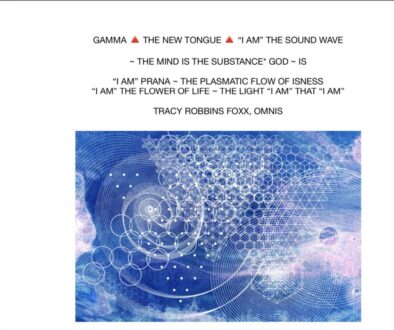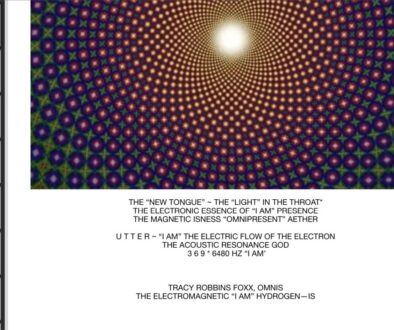GOLD ? GOLD
GOLD
An ideal metal has almost 100% reflectivity at sufficiently long wavelengths (low energy). This is because delocalized electrons can ‘move’ fast enough to re-radiate (i.e. reflect) incident radiation within a very thin skin depth if the radiation is not too energetic. Above a certain frequency or below a certain wavelength (the plasma frequency) metals become less reflective and more transparent. This is NOT what is happening in the metals above, however. The reflectivity cutoff wavelengths for Cu, Ag, Au, and Al are 115, 138, 138, and 79nm, respectively, outside the x-axis above.
At wavelength away from the plasma cutoff, substantial deviations from 100% reflectivity arise because of interband absorption–promoting an electron to a higher (unoccupied) energy by absorbing a photon. In gold (and also copper and silver) this interband absorption results in a dramatic decrease in reflectivity because the electrons originate in a band (3d) with a very high density of states (many electrons get involved) and are promoted to a band which is very broad in energy (transitions are permissible for many absorbed photon energies). The energy difference between the 3d band and the Fermi level (where the lowest energy unoccupied states lie) varies among different metals, which explains why gold, silver, and copper have different colors. This distance sets the ‘cutoff’ energy (or inverse wavelength) where the metal suddenly becomes less reflective. (Dr. Inna Vishik, Stanford University “MOVER OF MIRRORS”)
Gold is a chemical element with symbol Au (from Latin: aurum) and atomic number 79, making it one of the higher atomic number elements that occur naturally. In its purest form, it is a bright, slightly reddish yellow, dense, soft, malleable, and ductile metal. Chemically, gold is a transition metal and a group 11 element. It is one of the least reactive chemical elements and is solid under standard conditions. Gold often occurs in free elemental (native) form, as nuggets or grains, in rocks, in veins, and in alluvial deposits. It occurs in a solid solution series with the native element silver (as electrum) and also naturally alloyed with copper and palladium. Less commonly, it occurs in minerals as gold compounds, often with tellurium(gold tellurides).
Gold is resistant to most acids, though it does dissolve in aqua regia, a mixture of nitric acid and hydrochloric acid, which forms a soluble tetrachloroaurateanion. Gold is insoluble in nitric acid, which dissolves silver and base metals, a property that has long been used to refine gold and to confirm the presence of gold in metallic objects, giving rise to the term acid test. Gold also dissolves in alkaline solutions of cyanide, which are used in mining and electroplating. Gold dissolves in mercury, forming amalgam alloys, but this is not a chemical reaction.
A relatively rare element,[5][6] gold is a precious metal that has been used for coinage, jewelry, and other arts throughout recorded history. In the past, a gold standard was often implemented as a monetary policy, but gold coins ceased to be minted as a circulating currency in the 1930s, and the world gold standard was abandoned for a fiat currency system after 1971.
A total of 186,700 tonnes of gold exists above ground, as of 2015.[7] The world consumption of new gold produced is about 50% in jewelry, 40% in investments, and 10% in industry.[8] Gold’s high malleability, ductility, resistance to corrosion and most other chemical reactions, and conductivity of electricity have led to its continued use in corrosion resistant electrical connectors in all types of computerized devices (its chief industrial use). Gold is also used in infrared shielding, colored-glass production, gold leafing, and tooth restoration. Certain gold salts are still used as anti-inflammatories in medicine. As of 2017, the world’s largest gold producer by far was China with 440 tonnes per year.[9] (WIKIPEDIA)



